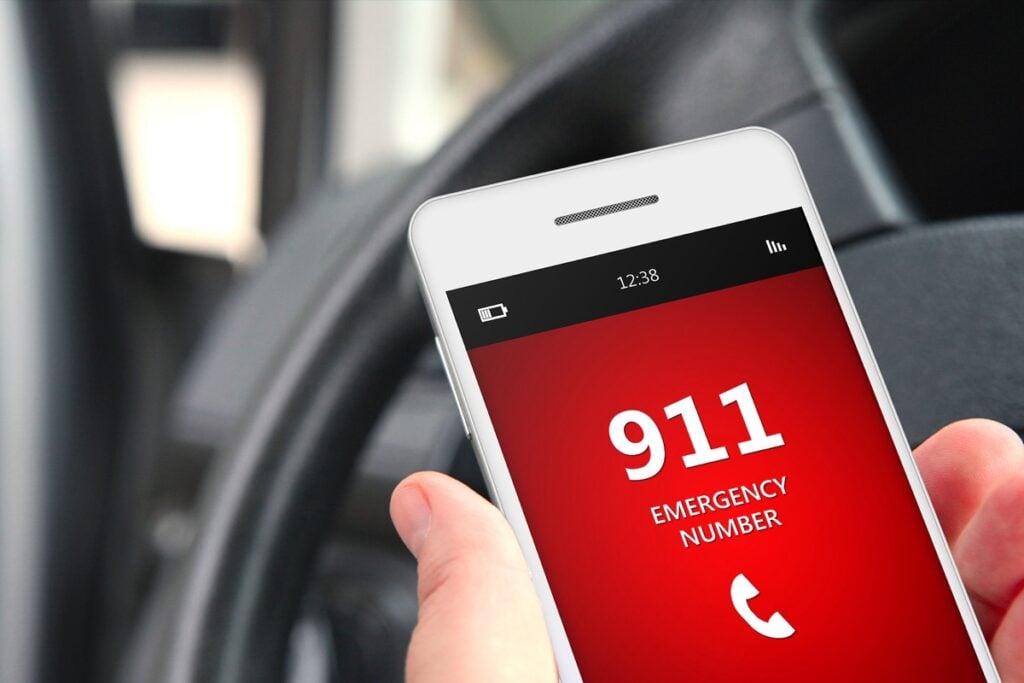The death of a loved one at home is a deeply personal and emotional experience, but it also requires taking specific actions to comply with legal requirements and ensure the process is handled with care. This guide outlines the steps you should take immediately upon discovering the death and provides a timeline of actions to address in the following 24-48 hours.
Immediate Steps Upon Discovering the Death
Here is what to do as soon as the death is discovered:
Confirm the Death
- For Expected Deaths
If the death was anticipated due to illness or hospice care, contact the healthcare provider or hospice nurse who was overseeing the deceased’s care. They will confirm the death and issue a Pronouncement of Death, required for obtaining the death certificate and proceeding with funeral arrangements. - For Unexpected Deaths
If the death was sudden or unexpected, call 911 immediately. Emergency responders will assess the situation, and the police or medical examiner may need to investigate the circumstances.- Do not move the body or disturb the scene.
- Follow instructions from emergency responders.
Notify Immediate Family
Inform immediate family members or the next of kin. Sharing this information allows for emotional support and helps with decision-making about the next steps.
Arrange for Handling the Body
- For Expected Deaths
Contact a funeral home or cremation provider to arrange for transportation and care of the deceased. - For Unexpected Deaths
After the medical examiner or coroner has completed their investigation, they will release the body to a funeral home of the family’s choosing.
Actions to Take Within the First 24 Hours
Secure the Area and Locate Important Documents
- Secure Personal Items: Protect valuable belongings and ensure medications are safely stored or disposed of properly.
- Locate Key Documents: Identify essential documents, such as a will, pre-paid funeral plans, or life insurance policies, as these will guide subsequent steps.
Make Initial Funeral Decisions
Contact a funeral home or cremation provider to begin making arrangements. Key considerations include:
- Choosing between burial, cremation, or other disposition methods.
- Determining whether a service will take place and if it will be public or private.
- Discussing transportation and embalming requirements.
For detailed guidance, refer to our Step-by-Step Guide to Making Funeral Arrangements.
Actions to Take Within 48 Hours
Obtain the Death Certificate
The death certificate is a critical document required for settling the estate, accessing life insurance, and notifying agencies.
- Expected Deaths: The attending physician or hospice nurse will provide the Pronouncement of Death, which is needed to file for the death certificate.
- Unexpected Deaths: The medical examiner or coroner will issue the certificate after determining the cause of death.
The funeral home typically handles the paperwork and submits the necessary forms to obtain copies of the death certificate.
Notify Authorities and Organizations
Start informing the necessary organizations about the death:
- Social Security Administration (SSA): Notify the SSA to stop benefit payments and inquire about survivor benefits.
- Insurance Companies: Contact life insurance providers to begin the claims process.
- Employer: If the deceased was employed, notify their workplace about the death and inquire about final pay and benefits.
- Banks and Financial Institutions: Contact the deceased’s bank to freeze accounts and prevent unauthorized transactions.
Tasks That Can Be Addressed Later
Some tasks can be delayed until the immediate priorities are addressed:
- Cancel Utilities and Subscriptions: Services such as internet, phone plans, and utilities can be canceled or transferred after the initial arrangements are complete.
- Redirect Mail: Notify the USPS to forward the deceased’s mail to the appropriate address.
- Manage Estate Matters: Work with the executor to settle the will, distribute assets, and handle any outstanding debts.
State-by-State Variations
Each state in the U.S. has specific requirements for managing deaths at home. Below is a table summarizing key resources by state:
| State | Who to Contact First | Death Certificate Issued By | Special Notes |
|---|---|---|---|
| California | Hospice nurse or 911 for unexpected deaths | California Department of Public Health | Coroner involvement required for sudden or accidental deaths. |
| Texas | Hospice nurse or 911 | Texas Vital Statistics | Medical examiners handle unexpected or unattended deaths. |
| Florida | Hospice nurse or 911 | Florida Bureau of Vital Statistics | Florida law requires reporting unexpected deaths to local authorities. |
| New York | Hospice nurse or 911 | New York State Department of Health | Coroners are required for all sudden or unexplained deaths. |
| Illinois | Hospice nurse or 911 | Illinois Department of Public Health | Unexpected deaths must be reported to the county medical examiner. |
| Pennsylvania | Hospice nurse or 911 | Pennsylvania Department of Health | Sudden deaths require notification of local law enforcement. |
| Michigan | Hospice nurse or 911 | Michigan Department of Health and Human Services | Local registrars manage death certificate applications. |
| Ohio | Hospice nurse or 911 | Ohio Department of Health | Unexpected deaths must involve local coroner investigations. |
| Washington | Hospice nurse or 911 | Washington State Department of Health | State laws mandate coroners’ involvement for accidental deaths. |
| Alaska | Local healthcare provider or 911 | Alaska Vital Statistics | Remote areas may require additional time for death registration. |
This table provides direct links to vital records offices for each state, ensuring families can access the appropriate resources during this difficult time.
Final Notes
The first 24-48 hours after a death at home involve essential actions to confirm the death, arrange for the body’s care, and begin legal processes. By following this guide and prioritizing critical steps like obtaining the death certificate and notifying key organizations, families can navigate this challenging time with clarity and respect. Use local and state resources, such as funeral homes and vital records offices, to ensure all requirements are met efficiently.

